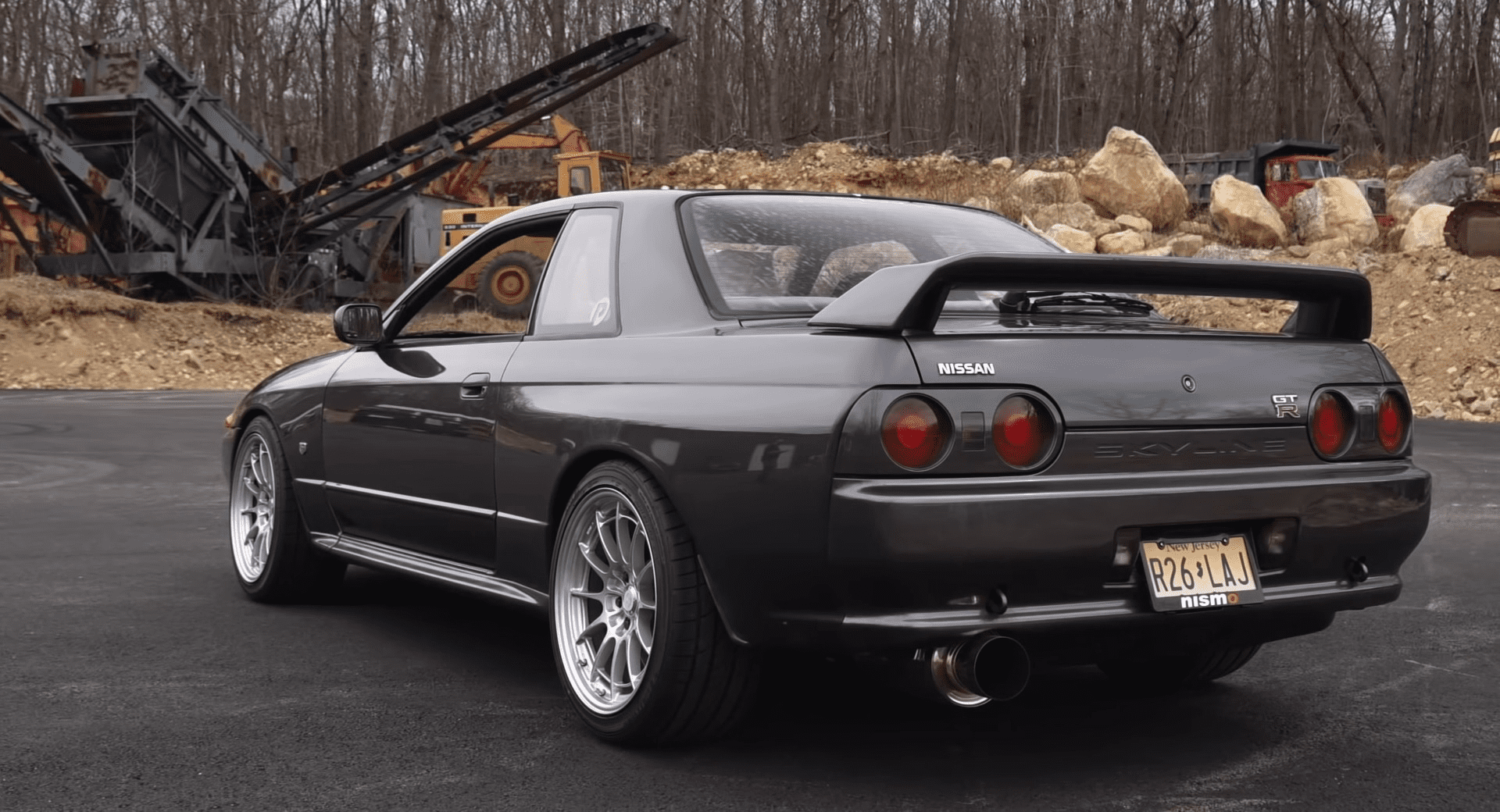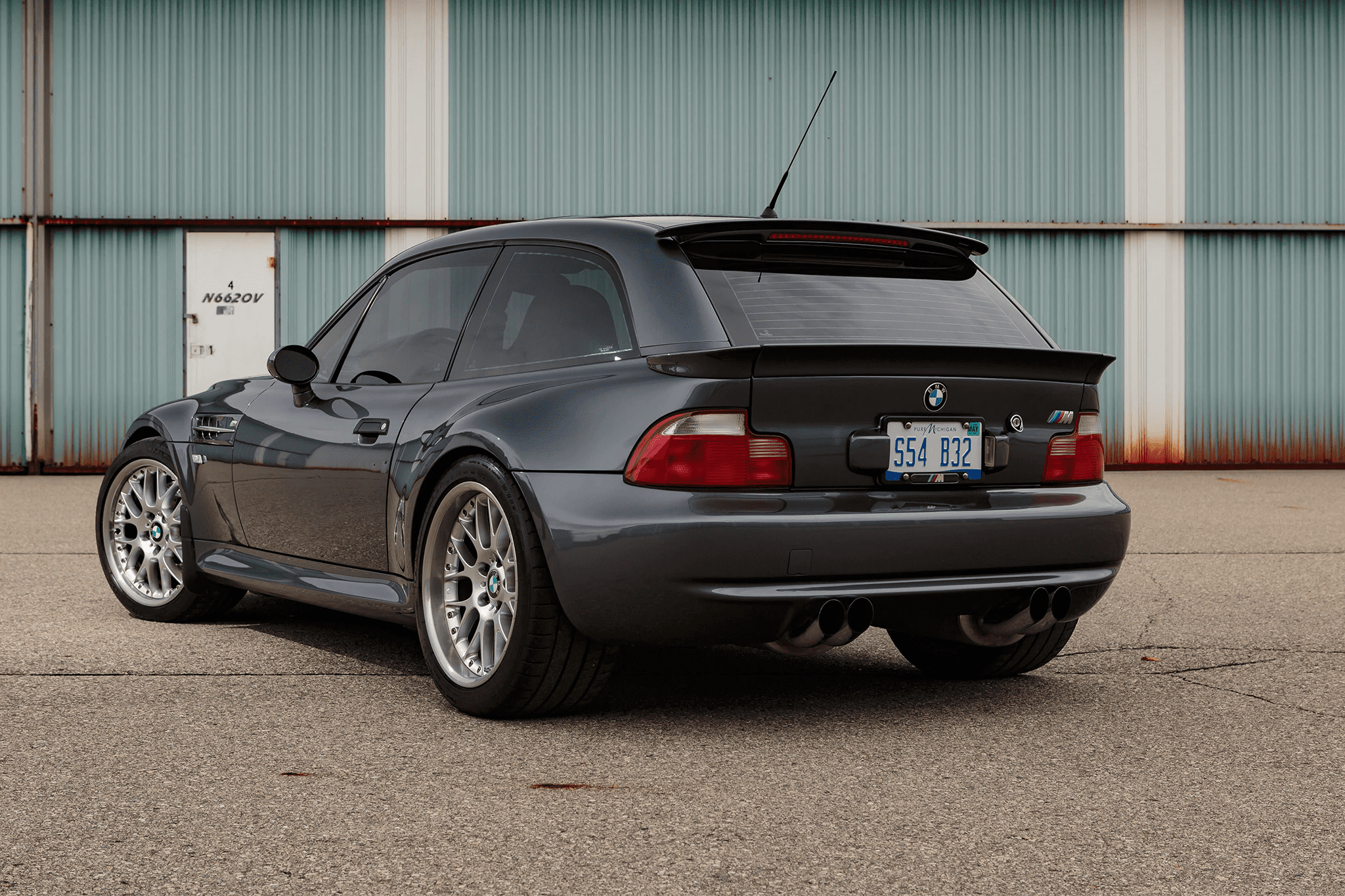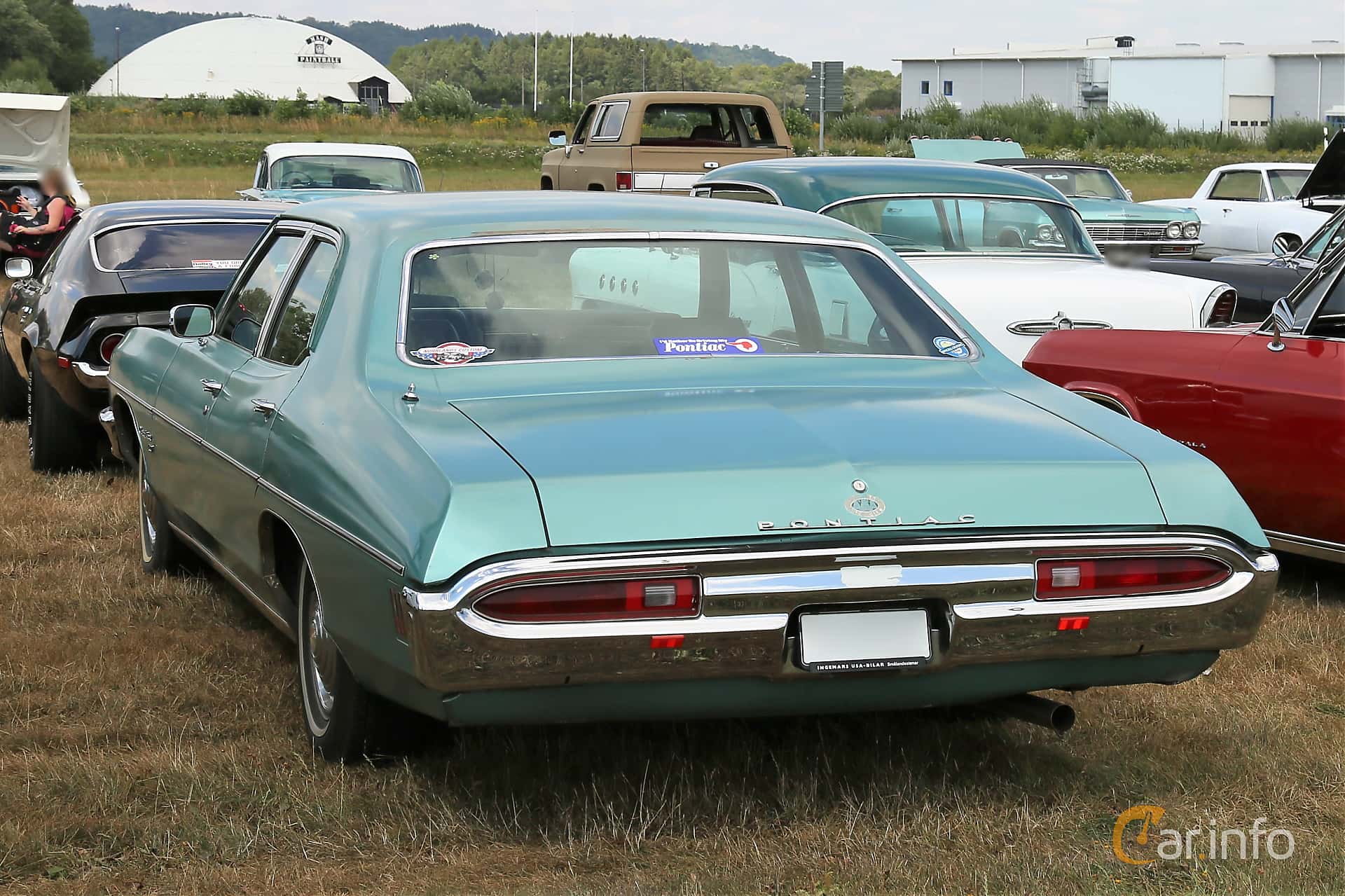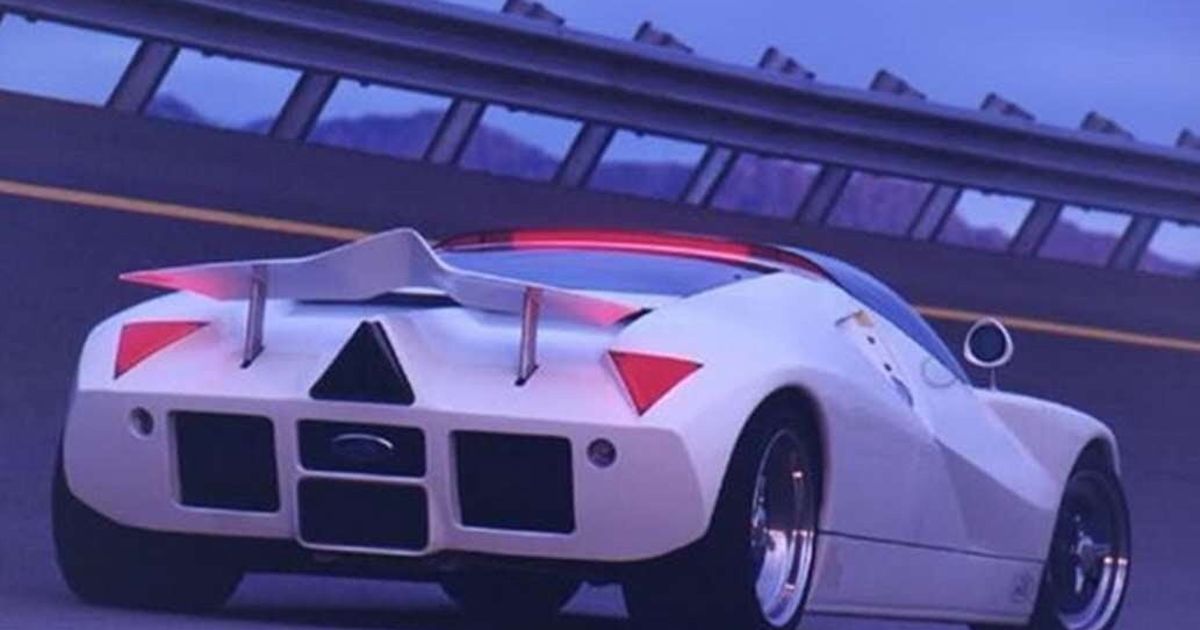Do you mean the 964 turbo? 965 is a 964 turbo.

A 964T is a 964T. "965" is a common colloquialism referring to the 964T because it's "more than a normal 964," but it's still a variant on 964 architecture. The 965 was a stillborn project at Porsche that evolved into the project that would eventually become the production 959.
He wrote 964 and not 964 turbo. A 964 is NOT the turbo version.
What I have read is that there was a 969 prototype which was called internally the 965. It was not the prototype for the 959 but a successor of the 959 built on the upcoming 964 platform. The 959 was built from 1986 - 1993 before the 964 which was built from 1989 - 1993.
The 969 prototype (successor of the 959 and to replace the 930 also known as the 911 Turbo) was canceled and the 964 turbo was
born.
Owners of a 964 turbo say that all the body parts not shared with the standard 964 have 965 stamped into the body parts including the Turbo Cup Wheels.
https://www.total911.com/fortune-telling/ Read the comments.
It seems that nobody knows for sure.
Oh god, I never thought I would see this debate here on GTP as well. This is within the realm of a Porsche pedant. Interestingly enough, there's been a thread that popped up recently on Rennlist with people arguing about this.
So it is well known that there was a stillborn project coded by Porsche as the 965. However, as kikie alluded to, parts for/first used on the 964 generation Turbos all start with 965 in the part number (really, it's parts first installed and used on a specific model; if another model reuses the same part later, the part number retains the original model's prefix). This includes wheels, suspension components, body panels, even the basic non-yet-serialized VIN sticker. Porsche has a habit of using the internal code designation as the leading digits for parts first used in that model (with exceptions for things like fasteners and clips and things like that, which often use a 900 or a 999 prefix).
So this settles it then, right? 964 generation Turbos are really 965s. But the thing is (and this is something I learned only on a Porsche forum), Porsche also incorporated the model code into the 7th, 8th and 12th digits of the VIN itself (check for yourself if you don't believe me, the
Porsche classic parts catalog is available direct on Porsche's website). So for a regular 993, the 7th, 8th and 12th digits would be 9, 9, and 3 respectively. Likewise, 911 generation Turbos, the 7th, 8th and 12th digits would be 9, 3, and 0 respectively. However, on the 964 generation Turbo, the 7th, 8th and 12th digits of the VIN is still 9, 6, and 4 respectively. So part designations say one thing (964 generation Turbos ARE 965), while VIN numbers say another thing (964 generation Turbos ARE NOT 965).
For the 911, the Turbos had a separate code (930), but with 993 and on, no Turbos had a distinct code. So which camp did the 964 fall under? There's precedent and history of Porsche doing both.
Did Porsche officially repurpose the 965
internal designation code away from that stillborn project to the 964 Turbo? Porsche hasn't officially and definitively weighed in, but there's no reason why a company can't repurpose or reuse an internal project code/name. The reasonable compromise to me seems to be as long as the context is clear, it's acceptable to refer to the 964 generation Turbo as either a 964 Turbo or a 965.





 I'll never forget those taillights flashing.
I'll never forget those taillights flashing. 










